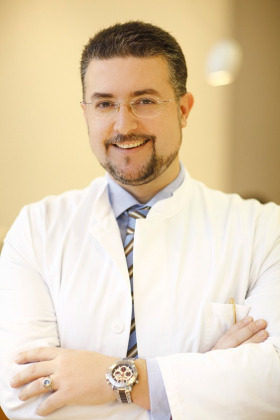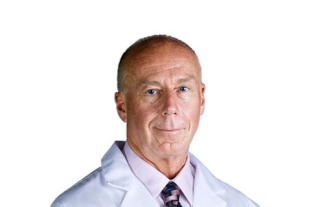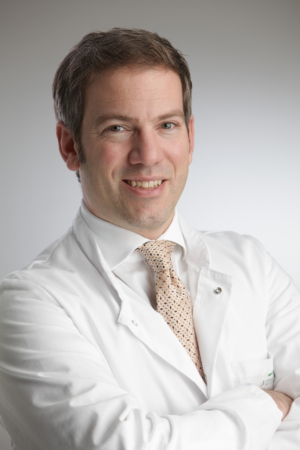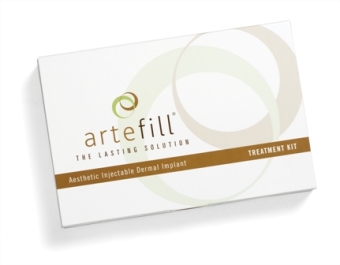Hyaluronic Acid for Facial Paralysis
/ Lip filler hyaluronic acid may be useful for people with facial paralysis.
Lip filler hyaluronic acid may be useful for people with facial paralysis.
In an interesting use case for the fillers in use at every cosmetic clinic,... A small research study conducted at the Johns Hopkins and Stanford universities reveal that aside from hyaluronic acid's use in cosmetic surgery, it may be useful for patients who struggle with drooling, eating, and drinking because of lack of lip control due to facial paralysis.
According to Kofi Boahene, M.D., a facial plastic and reconstructive surgeon in the Department of Otolaryngology-Head and Neck Surgery at the Johns Hopkins University School of Medicine, facial paralysis causes both both physical and psychological problems among patients making them self-conscious about how they look.
Boahane has used the analogy of a plant filling its leaves and stems with water to maintain structure. He says that
It’s a crude analogy, but injecting the lips with hyaluronic acid works in much the same way. It tones the tissue surrounding the muscle.
Boahene was working on a patient with then-undiagnosed case of muscular dystrophy when he had his own eureka moment. He stumbled across a possible role for hyaluronic acid injection to improve a patient's lip muscle tone. After trying the injection, the patient's face appeared stronger and her articulation improved.
Boahene and his collaborators tested 22 more patients with facial paralysis. His team got the participants' baseline measure of lip tone and the weakest points were identified by having them blow air with pursed lips. The researchers injected hyaluronic acid at the point where the air escaped.
After the procedure, he said that the patients showed marked improvement as confirmed by a speech therapist who conducted the assessment. Boahene further adds that the injection may last up to a year when done for cosmetic improvement.
Because lip augmentation and injection is a minimally invasive procedure, a plastic surgeon or dermatologist may perform such procedures. However, Boahene mentions that it is advised that the lip injectionsbe done by physicians who are experienced with treating muscle weaknesses and facial paralysis.
Read more on:
http://ictr.johnshopkins.edu/news_announce/cosmetic-surgery-drug-to-treat-facial-paralysis/











